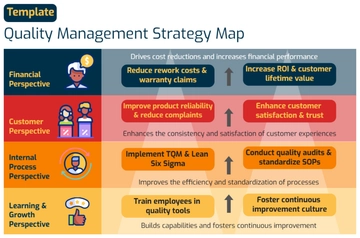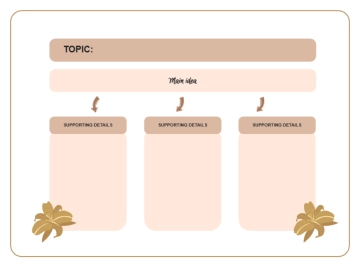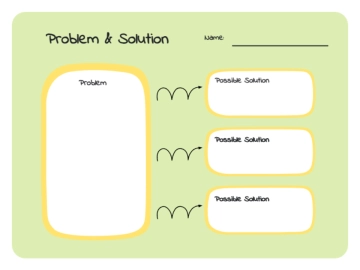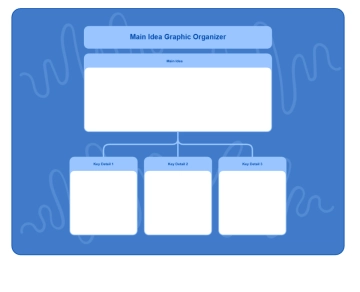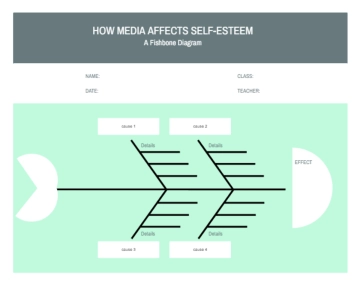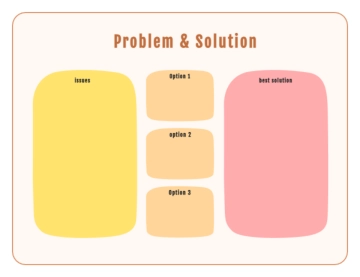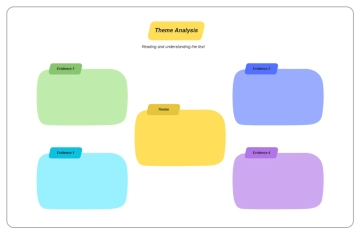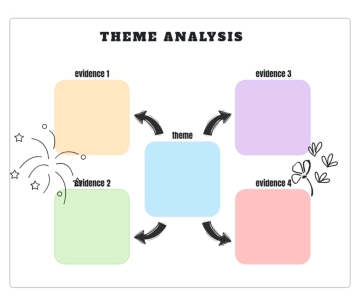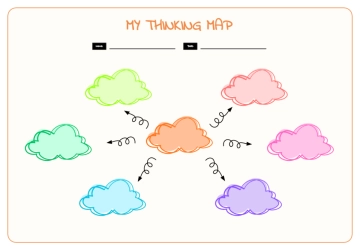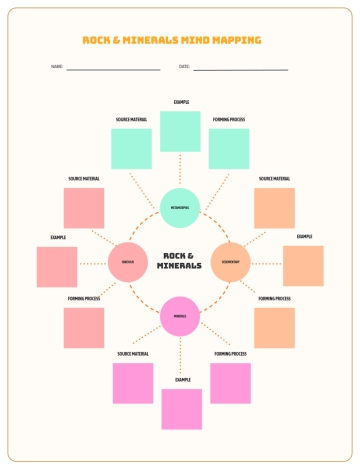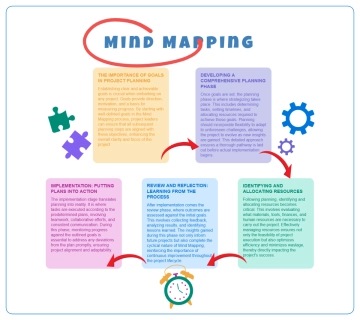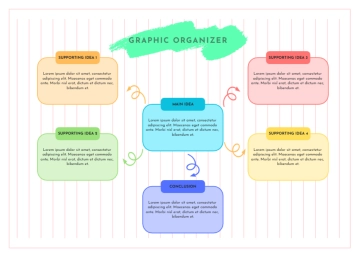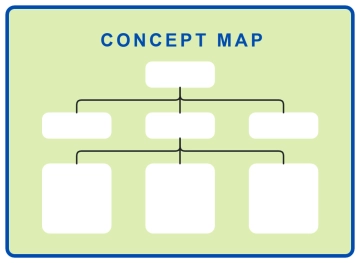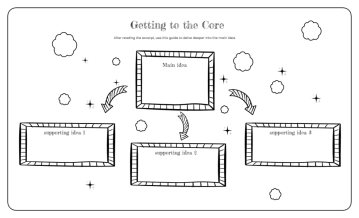Free Apparel E-commerce Strategy Plan

Executive Summary
This Apparel E-commerce Strategy Plan outlines a comprehensive approach to establishing and growing an online presence for a clothing brand. It focuses on enhancing customer engagement, driving sales, and building brand loyalty through targeted marketing, effective logistics, and a user-friendly shopping experience. The plan is designed to adapt to the evolving digital landscape while ensuring sustainable growth.
1. Market Analysis
1.1 Industry Overview
The global apparel e-commerce market has seen significant growth, driven by increasing online shopping trends and advancements in technology. The market is projected to expand further, offering opportunities for both established and new brands.
1.2 Target Audience
Identify key demographics, including:
Age Groups: Millennials, Gen Z, and Gen X
Gender: Male, female, and non-binary consumers
Interests: Fashion trends, sustainability, fitness, and lifestyle preferences
Geographical Locations: Urban and suburban areas with access to reliable internet
1.3 Competitor Analysis
Analyze competitors in the market to identify strengths, weaknesses, opportunities, and threats (SWOT). Evaluate their e-commerce platforms, pricing strategies, product offerings, and marketing tactics.
2. Business Objectives
Increase Online Sales: Achieve a target growth rate of 20% in online sales within the first year.
Enhance Brand Awareness: Boost brand recognition through targeted marketing campaigns, aiming for a 30% increase in social media engagement.
Improve Customer Experience: Attain a customer satisfaction score of 90% through user-friendly website design and excellent customer service.
3. Branding and Positioning
3.1 Brand Identity
Establish a strong brand identity that resonates with the target audience. This includes logo design, brand colors, and messaging that reflects the brand's values, such as sustainability and quality.
3.2 Value Proposition
Clearly define what sets the brand apart from competitors. This could include unique designs, sustainable practices, or superior customer service.
4. Product Strategy
4.1 Product Assortment
Curate a diverse product range that meets the needs and preferences of the target audience, including:
Casual wear
Activewear
Formal attire
Accessories
4.2 Pricing Strategy
Implement a competitive pricing model that reflects the brand’s quality and target market. Consider using promotional pricing and discounts to attract new customers.
5. Marketing Strategy
5.1 Digital Marketing
Leverage various digital marketing channels to drive traffic and sales:
Search Engine Optimization (SEO): Optimize website content for relevant keywords to enhance organic search visibility.
Social Media Marketing: Utilize platforms like Instagram, Facebook, and TikTok to engage with customers and promote products.
Email Marketing: Develop targeted email campaigns to nurture leads and retain existing customers.
Influencer Partnerships: Collaborate with fashion influencers to expand reach and build credibility.
5.2 Content Marketing
Create valuable content that resonates with the target audience, such as blog posts, lookbooks, and styling guides, to establish the brand as an authority in fashion.
6. Technology and Infrastructure
6.1 E-commerce Platform
Select a robust e-commerce platform that supports scalability, user experience, and integration with payment gateways, inventory management, and analytics tools. Popular options include Shopify, WooCommerce, and Magento.
6.2 Website Design
Design an intuitive, mobile-friendly website that provides an engaging shopping experience, easy navigation, and a streamlined checkout process.
7. Logistics and Fulfillment
7.1 Supply Chain Management
Establish efficient supply chain processes to ensure timely product availability and delivery. This may involve partnering with reliable suppliers and logistics providers.
7.2 Shipping and Returns Policy
Develop clear shipping and return policies to enhance customer trust and satisfaction. Consider offering free shipping on orders above a certain threshold.
8. Performance Metrics
8.1 Key Performance Indicators (KPIs)
Establish KPIs to measure the success of the e-commerce strategy, including:
Website traffic and conversion rates
Average order value (AOV)
Customer acquisition cost (CAC)
Customer retention rate
8.2 Continuous Improvement
Regularly review performance metrics to identify areas for improvement and adjust strategies accordingly to meet evolving market demands.
9. Conclusion
This Apparel E-commerce Strategy Plan provides a structured framework to navigate the online apparel market effectively. By focusing on market analysis, branding, product strategy, marketing, technology, and logistics, the plan aims to drive sales growth and enhance customer engagement, ultimately establishing a strong online presence for the brand.
Contact Information
Name: [YOUR NAME]
Email: [YOUR EMAIL]
Company Website: [YOUR COMPANY WEBSITE]
Social Media: [YOUR COMPANY SOCIAL MEDIA]
- 100% Customizable, free editor
- Access 1 Million+ Templates, photo’s & graphics
- Download or share as a template
- Click and replace photos, graphics, text, backgrounds
- Resize, crop, AI write & more
- Access advanced editor
Elevate your apparel business with the Apparel E-commerce Strategy Plan Template from Template.net. This fully editable and customizable template enables you to outline a comprehensive strategy tailored to your brand’s unique needs. Easily make adjustments in real-time using our AI Editor Tool, ensuring your plan remains relevant and effective. Start your journey to success today!
You may also like
- Finance Plan
- Construction Plan
- Sales Plan
- Development Plan
- Career Plan
- Budget Plan
- HR Plan
- Education Plan
- Transition Plan
- Work Plan
- Training Plan
- Communication Plan
- Operation Plan
- Health And Safety Plan
- Strategy Plan
- Professional Development Plan
- Advertising Plan
- Risk Management Plan
- Restaurant Plan
- School Plan
- Nursing Home Patient Care Plan
- Nursing Care Plan
- Plan Event
- Startup Plan
- Social Media Plan
- Staffing Plan
- Annual Plan
- Content Plan
- Payment Plan
- Implementation Plan
- Hotel Plan
- Workout Plan
- Accounting Plan
- Campaign Plan
- Essay Plan
- 30 60 90 Day Plan
- Research Plan
- Recruitment Plan
- 90 Day Plan
- Quarterly Plan
- Emergency Plan
- 5 Year Plan
- Gym Plan
- Personal Plan
- IT and Software Plan
- Treatment Plan
- Real Estate Plan
- Law Firm Plan
- Healthcare Plan
- Improvement Plan
- Media Plan
- 5 Year Business Plan
- Learning Plan
- Marketing Campaign Plan
- Travel Agency Plan
- Cleaning Services Plan
- Interior Design Plan
- Performance Plan
- PR Plan
- Birth Plan
- Life Plan
- SEO Plan
- Disaster Recovery Plan
- Continuity Plan
- Launch Plan
- Legal Plan
- Behavior Plan
- Performance Improvement Plan
- Salon Plan
- Security Plan
- Security Management Plan
- Employee Development Plan
- Quality Plan
- Service Improvement Plan
- Growth Plan
- Incident Response Plan
- Basketball Plan
- Emergency Action Plan
- Product Launch Plan
- Spa Plan
- Employee Training Plan
- Data Analysis Plan
- Employee Action Plan
- Territory Plan
- Audit Plan
- Classroom Plan
- Activity Plan
- Parenting Plan
- Care Plan
- Project Execution Plan
- Exercise Plan
- Internship Plan
- Software Development Plan
- Continuous Improvement Plan
- Leave Plan
- 90 Day Sales Plan
- Advertising Agency Plan
- Employee Transition Plan
- Smart Action Plan
- Workplace Safety Plan
- Behavior Change Plan
- Contingency Plan
- Continuity of Operations Plan
- Health Plan
- Quality Control Plan
- Self Plan
- Sports Development Plan
- Change Management Plan
- Ecommerce Plan
- Personal Financial Plan
- Process Improvement Plan
- 30-60-90 Day Sales Plan
- Crisis Management Plan
- Engagement Plan
- Execution Plan
- Pandemic Plan
- Quality Assurance Plan
- Service Continuity Plan
- Agile Project Plan
- Fundraising Plan
- Job Transition Plan
- Asset Maintenance Plan
- Maintenance Plan
- Software Test Plan
- Staff Training and Development Plan
- 3 Year Plan
- Brand Activation Plan
- Release Plan
- Resource Plan
- Risk Mitigation Plan
- Teacher Plan
- 30 60 90 Day Plan for New Manager
- Food Safety Plan
- Food Truck Plan
- Hiring Plan
- Quality Management Plan
- Wellness Plan
- Behavior Intervention Plan
- Bonus Plan
- Investment Plan
- Maternity Leave Plan
- Pandemic Response Plan
- Succession Planning
- Coaching Plan
- Configuration Management Plan
- Remote Work Plan
- Self Care Plan
- Teaching Plan
- 100-Day Plan
- HACCP Plan
- Student Plan
- Sustainability Plan
- 30 60 90 Day Plan for Interview
- Access Plan
- Site Specific Safety Plan
